What is the Difference Between Muffins and Cupcakes?
Cupcakes and muffins look alike, but they aren’t the same thing. There. We said it. Do you believe us? Most likely, you don’t. But that alright because they DO look alike! But in reality, cupcakes are cupcakes and muffins are muffins.
The common notion is that a cupcake is a muffin with an added delicious but super-sugary frosting. That’s not the key difference a cake lover or baker will talk about. Muffins and cupcakes are differentiated by their mixing techniques and use of ingredients. Even if ultimately, they look (almost) similar, when you take a bite, the cake lover in you should be able to identify the difference.
There are quite a few ways of distinguishing one from the other. In this blog, we shall be talking about a few of them.
Ingredients Used
Certain ingredients are common in both muffins and cupcakes, such as eggs (which may be replaced by vegan options), milk and flour. Like almost every other dessert item, these three things are invariably present. In cupcakes, the sugar content is higher while muffins tend to have less sugar. They are usually preferred for breakfast as well.
In muffins, butter can be substituted by healthier fat or liquid fat such as vegetable oil. Most often, all-purpose flour isn’t used in muffins. They are replaced by oat flour, whole-wheat flour or nut flour. Dried fruits and nuts are also often used to make muffins.
Batter and Processing
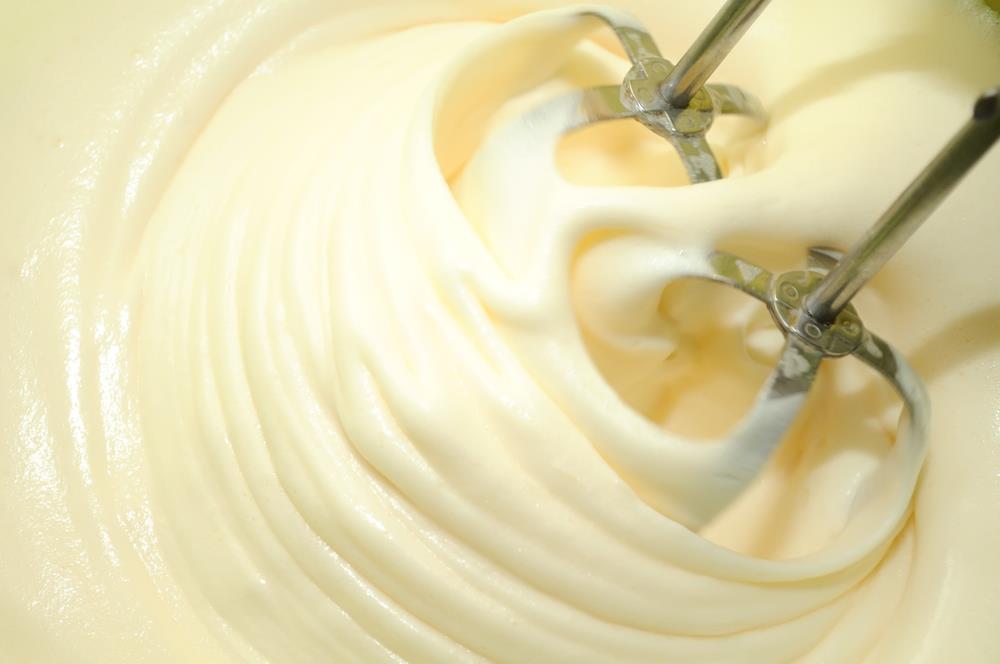
The main difference between the two lies in how the batter is mixed and processed. But since they are not known to many, this often goes unnoticed.
In cupcakes, the batter is expected to be softer and smoother. The sugar and butter are beaten together to make the batter fluffy. The mixing method is similar to how cakes are mixed – primarily using the chiffon method where the egg whites are folded into the batter. The aim is always to ensure that no lumps form while the ingredients are repeatedly whisked.
For muffins, the batter is expected to be thick and dense. The dry and wet ingredients are separately mixed in two bowls. The wet ingredients are then poured over the dry and slowly combined. This is done so that gluten doesn’t get formed.
Texture
Since the batters are mixed and processed differently, the texture is different. Cupcakes come out softer and are thus easier to bite. Usually there are no fillings inside cupcakes because they are so light.
Muffins, on the other hand, have a comparatively harder texture and are dense. You may feel you are munching a bread filled with fruits and nuts when you eat muffins. In general, muffins are identified as savory food.
Storage and Temperature
Just like pastries and cakes, cupcakes are also eaten cold. They are usually stored in the cold and can last a couple of days. Exposing them to high temperatures can adversely affect them and eventually ruin them.
Muffins do not have any temperature-related problems. They can be served hot and cold. It is also not difficult to store them.
Toppings
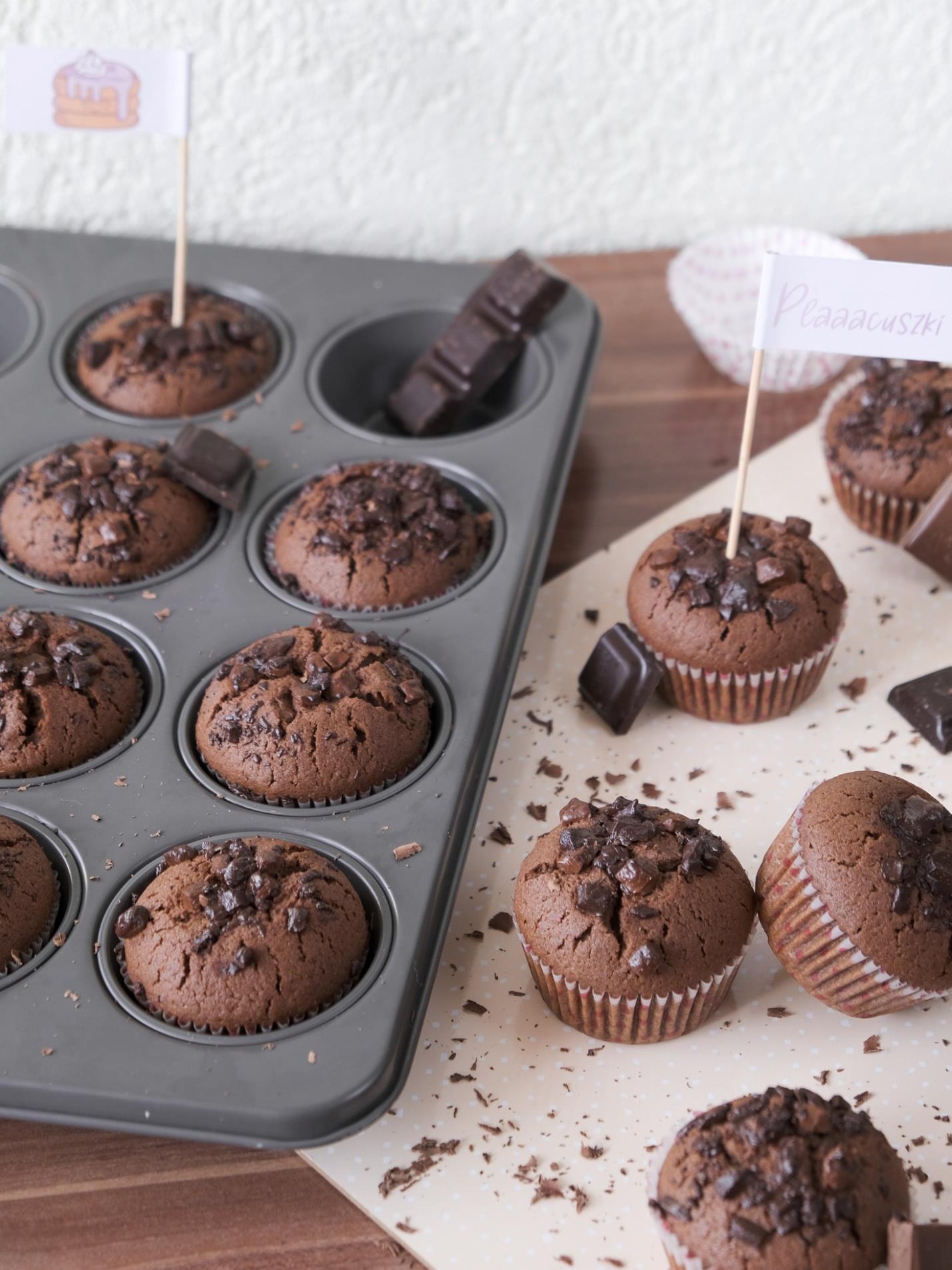
Now, let’s talk about the difference that most people know of – toppings and frosting. Cupcakes, in general, will have frosting or cream on top. A variety of flavours can be used to brighten up cupcakes. The frosting also increases the sugar content in cupcakes.
Muffins, on the other hand, do not have frosting on top of them. At most, they may be sprinkled with sugar or a thick layer of glaze – but that’s about it. The highlight of a muffin is in its fillings and wholesome bread-like quality.
Size
Though there is no standard size that all bakers adhere to, generally, it is accepted that cupcakes are smaller than muffins. Moreover, cupcakes do not flow out of their cups or molds. In the case of muffins. that can happen. Frosting increases the size of cupcakes.
Muffins have a mushroom head shape and are larger. Since muffins tend to be bigger, they are more filling.
Conclusion
For breakfast, muffins are considered to be healthier options. They are loaded with nuts, vegetables and are almost, always gluten-free. Cupcakes, on the other hand, are delectable desserts, high on sugar!
If you think that removing the frosting from the cupcake will make it a muffin, you are wrong! That’s not how it is. Muffins are muffins and cupcakes are cupcakes. Period!
Summary – In this write-up, we discuss some of the things you ought to know about cupcakes and muffins.
Frequently Asked Questions & Answers
1.What kinds of cupcakes are the best?
Carrot cupcakes are very healthy, and they are great for people who are trying to lose weight. Vanilla cupcakes are great for people with allergies or with sweet tooth because they are sweet but not overpowering. White cupcakes are good for kids or for people who aren’t big on sweets. Chocolate cupcakes are more for adults, but they are still pretty easy to eat. Lemon cupcakes are great for people who like sour flavours. Red velvet cupcakes are good for kids.
2.Which is more popular? Cupcake or Muffin
It is difficult to determine which is more popular. Cupcakes have been around for years and for some, they are the epitome of a dessert. One could argue that the cupcake is the best-selling dessert in America and that it is still gaining in popularity. The cupcake is associated with a variety of emotions including excitement, happiness, and love. As children, we were told, “it’s a small world after all”. The muffin can be thought of in the same way. Friendship and blissfulness make this dessert a great, universal threat.
3.What other kinds of desserts do we have in the market?
There are so many kinds of desserts in the market. These desserts are not common in all places. For example, Dates Pie is popular. It is made with dates and nuts. In our country, Apple Pie is famous for its natural sweetness. It is a seasonal dessert and is eaten during the autumn season. Another popular dessert is Cookies. They are liked by all ages and are very convenient to carry. They are also available in different flavours.

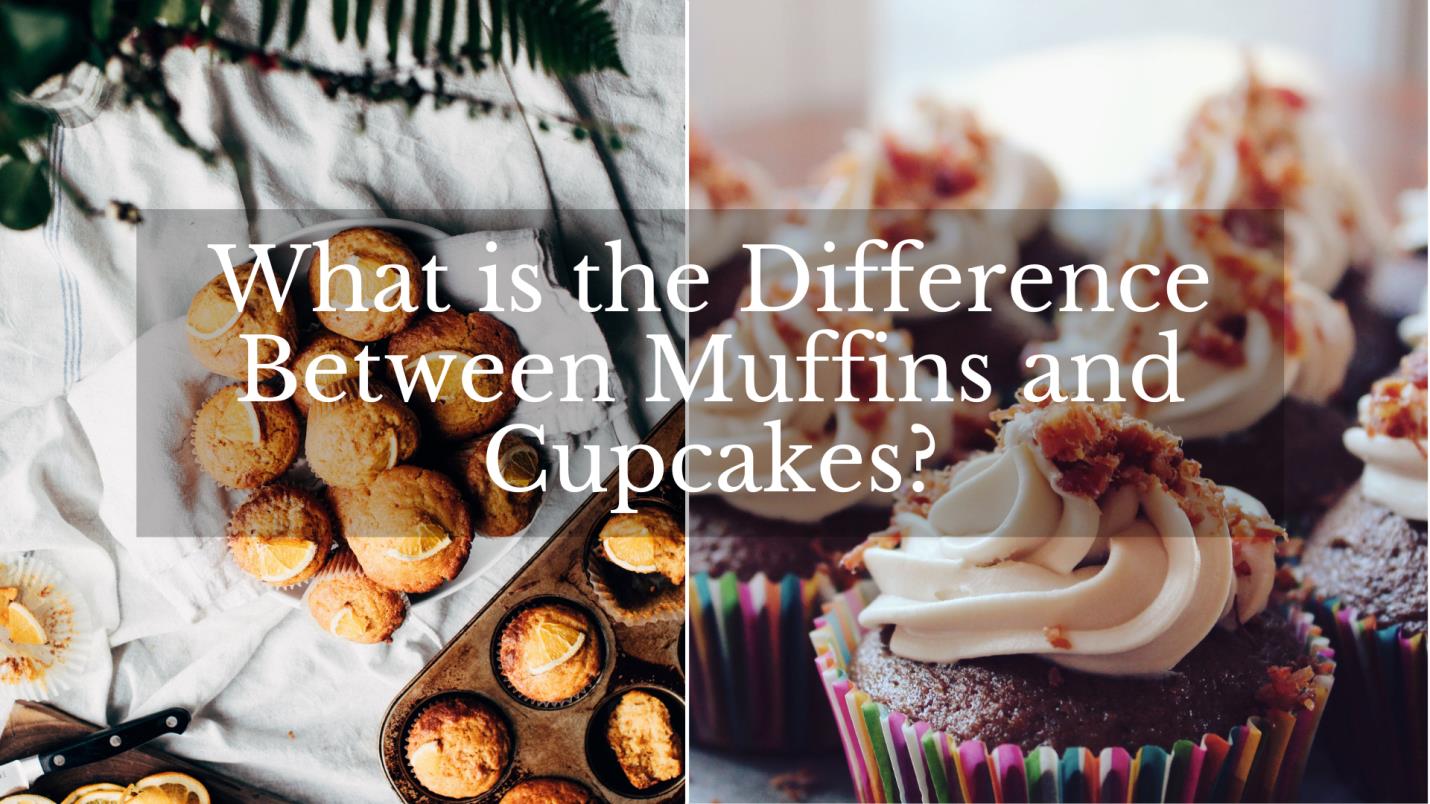

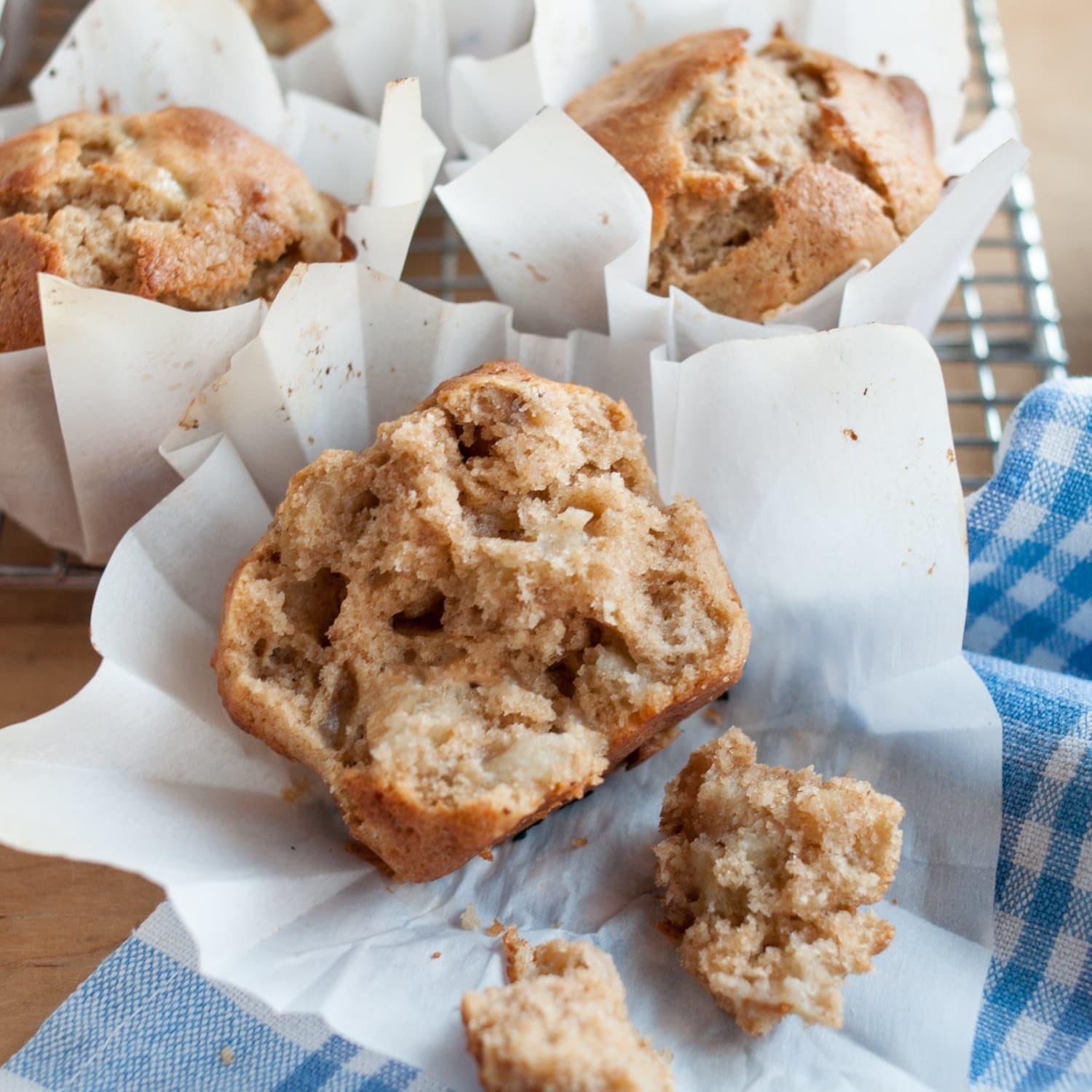
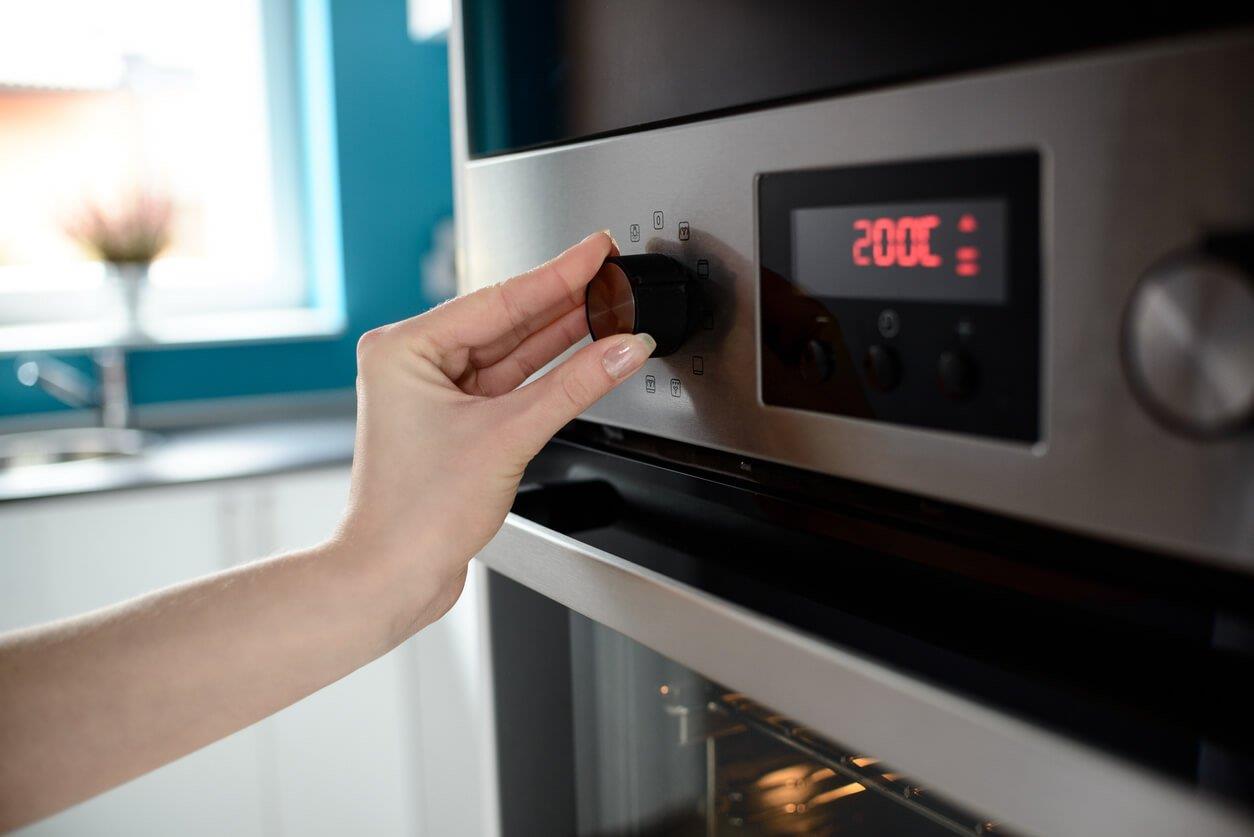







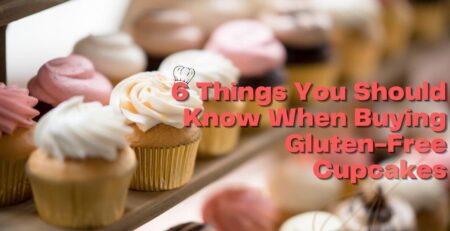



Leave a Reply